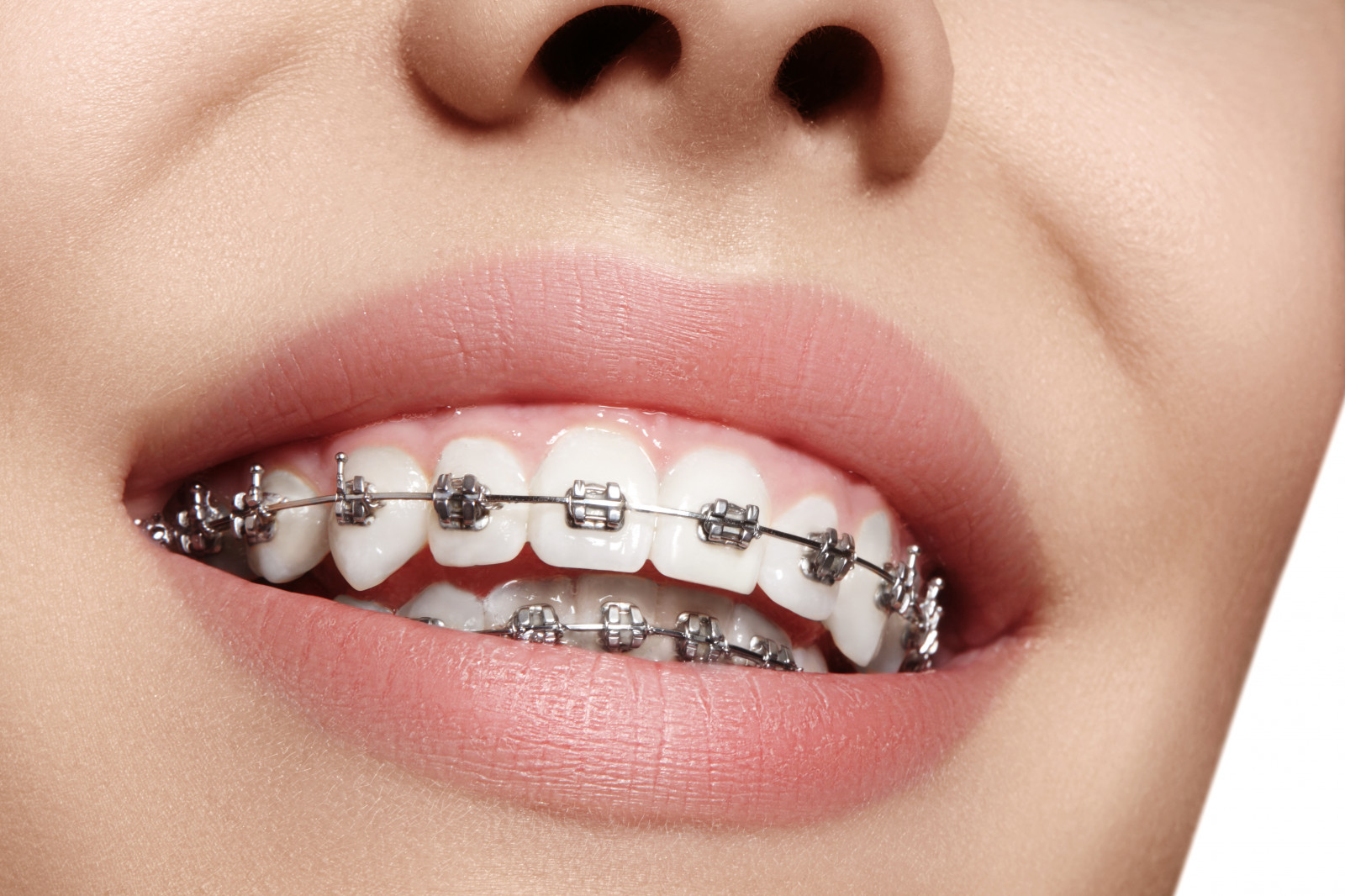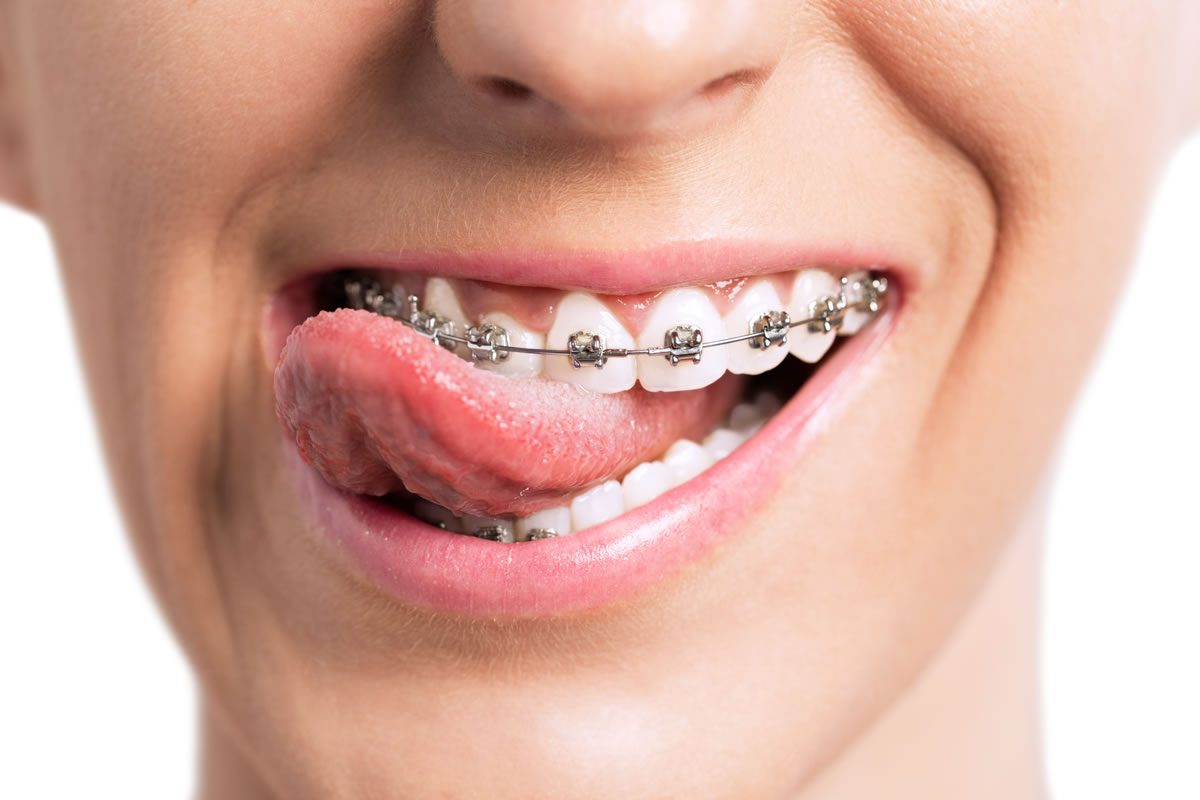The Greatest Guide To Causey Orthodontics
The Greatest Guide To Causey Orthodontics
Blog Article
Our Causey Orthodontics Diaries
Table of ContentsAn Unbiased View of Causey OrthodonticsThe 6-Second Trick For Causey OrthodonticsCausey Orthodontics for DummiesThe 30-Second Trick For Causey OrthodonticsThe Single Strategy To Use For Causey Orthodontics
Overlooking occlusal relationships, it was normal to eliminate teeth for a variety of oral concerns, such as malalignment or overcrowding. The idea of an intact dentition was not commonly appreciated in those days, making bite relationships appear unimportant. In the late 1800s, the principle of occlusion was essential for creating trustworthy prosthetic replacement teeth.As these principles of prosthetic occlusion progressed, it became an important device for dentistry. It remained in 1890 that the job and impact of Dr. Edwards H. Angle began to be felt, with his contribution to contemporary orthodontics particularly notable. Focused on prosthodontics, he taught in Pennsylvania and Minnesota before routing his attention in the direction of oral occlusion and the treatments required to maintain it as a regular condition, thus ending up being recognized as the "daddy of modern orthodontics".

The concept of suitable occlusion, as postulated by Angle and included right into a classification system, allowed a change towards treating malocclusion, which is any type of discrepancy from regular occlusion. Having a full collection of teeth on both arches was highly demanded in orthodontic treatment because of the need for specific connections between them.
Causey Orthodontics Can Be Fun For Everyone
As occlusion came to be the key concern, facial percentages and aesthetic appeals were overlooked - orthodontist expert. To attain ideal occlusals without utilizing external pressures, Angle proposed that having perfect occlusion was the most effective means to acquire optimum face looks. With the passing of time, it came to be fairly apparent that even an extraordinary occlusion was not ideal when thought about from an aesthetic perspective
It came to be noticeable that orthodontic treatment might adjust mandibular advancement, resulting in the formation of useful jaw orthopedics in Europe and extraoral pressure procedures in the US. Nowadays, both practical appliances and extraoral devices are used around the globe with the purpose of amending development patterns and kinds. Consequently, pursuing real, or at the very least enhanced, jaw connections had actually become the primary purpose of therapy by the mid-20th century.
More About Causey Orthodontics
 Until the mid-1970s, dental braces were made by wrapping steel around each tooth. https://devpost.com/causeyorthodga?ref_content=user-portfolio&ref_feature=portfolio&ref_medium=global-nav., it ended up being possible to rather bond metal brackets to the teeth.
Until the mid-1970s, dental braces were made by wrapping steel around each tooth. https://devpost.com/causeyorthodga?ref_content=user-portfolio&ref_feature=portfolio&ref_medium=global-nav., it ended up being possible to rather bond metal brackets to the teeth.Andrews provided an informative definition of the optimal occlusion in permanent teeth. This has had purposeful effects on orthodontic treatments that are administered regularly, and these are: 1. Appropriate interarchal connections 2. Correct crown angulation (suggestion) 3. Right crown disposition (torque) 4. No rotations 5. Tight contact points 6. Flat Curve of Spee (0.02.5 mm), and based on these concepts, he discovered a therapy system called the straight-wire home appliance system, or the pre-adjusted edgewise system.
The advantage of the design lies in its bracket and archwire mix, which requires only very little cable bending from the orthodontist or clinician (cheapest orthodontist near me). It's appropriately called hereafter function: the angle of the port and density of the bracket base ultimately establish where each tooth is located with little demand for added manipulation
The 5-Second Trick For Causey Orthodontics
Both of these systems employed the same brackets for each tooth and necessitated the bending of an archwire in 3 planes for locating teeth in their wanted positions, with these bends determining utmost positionings. When it comes to orthodontic devices, they are divided into two kinds: removable and repaired. Removable devices can be handled and off by the individual as needed.

Thus, mostly all modern-day fixed devices can be considered variants on this edgewise device system. Early 20th-century orthodontist Edward Angle made a major payment to the world of dentistry. He developed four distinct device systems that have been utilized as the basis for many orthodontic therapies today, barring a couple of exemptions.
What Does Causey Orthodontics Do?

The cord ended in a string, and to relocate it ahead, an adjustable nut was used, which enabled an increase in circumference. By ligation, each individual tooth was affixed to this large archwire (cheapest orthodontist near me). Due to its restricted variety of movement, Angle was incapable to achieve accurate tooth positioning with an E-arch
These tubes held a soldered pin, which can be rearranged at each visit in order to relocate them in position. Dubbed the "bone-growing device", this device was thought to urge much healthier bone growth as a result of its possibility for transferring force straight to the origins. Executing it confirmed problematic in fact.
Report this page